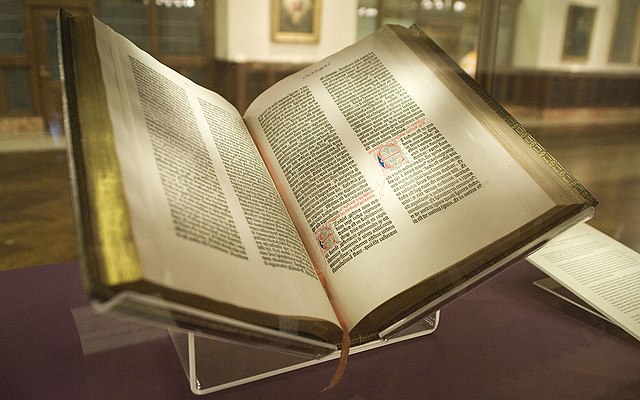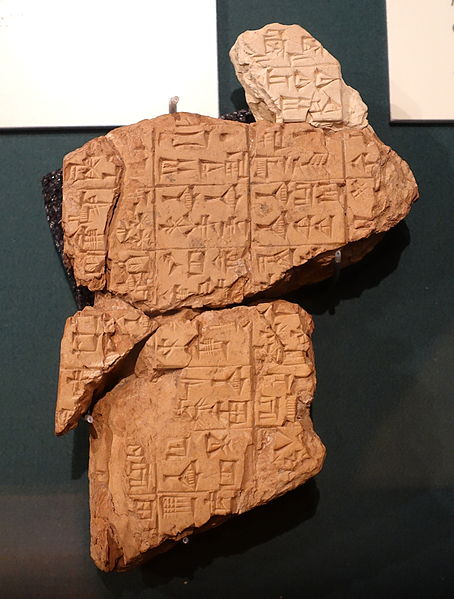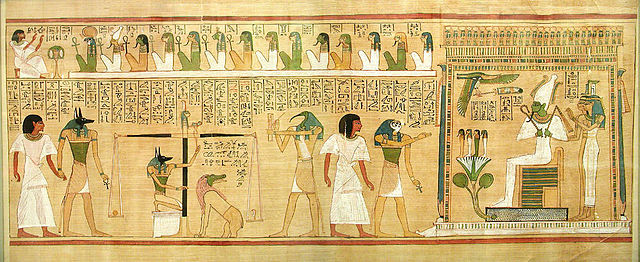A pamphlet is an unbound book. Pamphlets may consist of a single sheet of paper that is printed on both sides and folded in half, in thirds, or in fourths, called a leaflet or it may consist of a few pages that are folded in half and saddle stapled at the crease to make a simple book.
An 18th-century painting of a girl with a basket of pamphlets
Due to their low cost and ease of production, pamphlets have often been used to popularize political or religious ideas.
A 1918 Finnish propaganda pamphlet signed by General Mannerheim circulated by the Whites urging the Reds to surrender during the Finnish Civil War. English: To the residents and troops of Tampere! Resistance is hopeless. Raise the white flag and surrender. The blood of the citizen has been shed enough. We will not kill like the Reds kill their prisoners. Send your representative with a white flag.
A book is a medium for recording information in the form of writing or images. Books are typically composed of many pages, bound together and protected by a cover. Modern bound books were preceded by many other written mediums, such as the codex and the scroll. The book publishing process is the series of steps involved in their creation and dissemination.
The Gutenberg Bible, one of the first books to be printed using the printing press
12-metre-high (40 ft) stack of books sculpture at the Berlin Walk of Ideas, commemorating the invention of modern book printing
Fragments of the Instructions of Shuruppak: "Shurrupak gave instructions to his son: Do not buy an ass which brays too much. Do not commit rape upon a man's daughter, do not announce it to the courtyard. Do not answer back against your father, do not raise a 'heavy eye.'". From Adab, c. 2600–2500 BCE
Book of the Dead of Hunefer; c. 1275 BC; ink and pigments on papyrus; 45 × 90.5 cm; British Museum (London)







